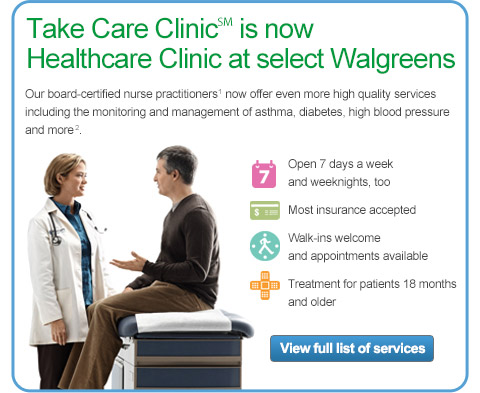With the new JD Powers survey, the gap between retail pharmacy satisfaction and mail order has widened. The average mail order satisfaction score was 797 for mail versus 837 (out of 1,000) for retail.
I think one key comment from Scott Hawkins, director of the healthcare practice at JD powers was:
“One of the key things we’ve seen in the data is that if someone is feels compelled to use a mail-order [pharmacy] their satisfaction score is going to be lower than someone who chooses to use it on their own.” (From Nov 2013 Employee Benefits News article by Andrea Davis)
If I was still at a PBM, I’d push to see the results broken out both ways so I could compare apples to apples the then say the drag was from clients choosing mandatory mail.
The rankings for mail order were:
Kaiser – 868
Humana – 845
Walgreens Mail – 812
OptumRx – 798
Prime Therapeutics – 794
Express Scripts – 783
Aetna – 778
Cigna – 771
Caremark – 760
The two I find the most interesting are Prime Therapeutics and OptumRx as both of them have moved their mail order services in house in the past few years and seem to be doing well with it. Aetna has outsourced their solution to Caremark and Cigna just recently outsourced their mail order to Catamaran which wasn’t on the list (but may be in the survey).

 November 29, 2013
November 29, 2013 


